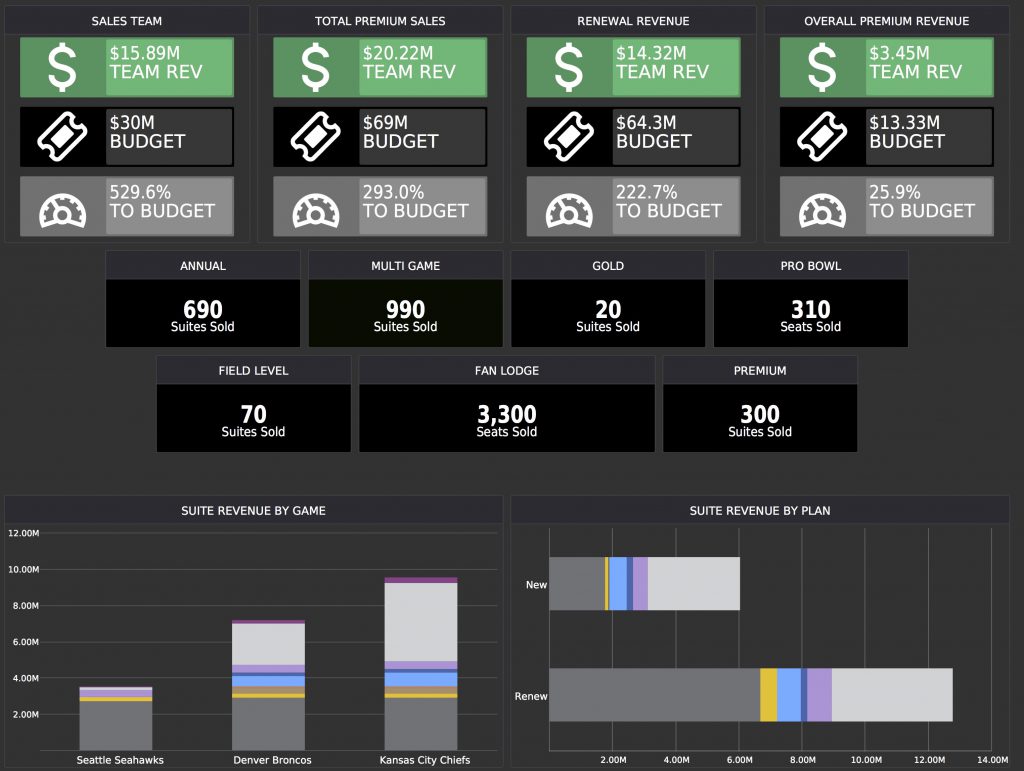I remember back when tickets to a given event always cost the same, no matter when you bought them (those were the days…). Nowadays, sports teams and event organizers are introducing price differentiation in order to better correlate their ticket prices with customer interest. Their two main strategies are called variable and dynamic pricing.
The main difference between the two is that in variable pricing, prices are set in stone once tickets go on sale. After tickets are made available to the public, pricing changes are not made, regardless of additional factors that come into play. In dynamic pricing, the prices are set but not fixed. Ticket prices are subject to change at any moment, which offers more flexibility in navigating potential unforeseen developments.
In variable pricing, teams vary their ticket prices based on several criteria, such as the quality of opponent, date and time of the game, and overall sales expectations. Dynamic pricing incorporates several additional variables that are not considered in variable pricing, simply because they cannot possibly be accounted for until the event date nears. Examples include (but are not limited to) inclement weather conditions, player injuries, surprising team performance, or major local/national event (which impacts ticket sales).
Let’s look at each of those in turn:
- Inclement Weather – As we’ve all been made well aware from the news lately, it’s Hurricane Season. The Miami Dolphins had to cancel their home game thanks to Hurricane Irma. And Houston is partially submerged in the wake of Hurricane Harvey. But it doesn’t take a hurricane or natural disaster to impact ticket sales. Rain, snow, or just run-of-the-mill below-average temperatures can impact ticket sales. Some teams are opting to vary their prices according to weather reports, in an effort to better track the price of ticket to consumer interest.
- Player Injuries – Remember the 2011 Indianapolis Colts season? Star Quarterback Peyton Manning sat out the entire season with a neck injury, and the Colts went 2-14. Not only did that impact the Indianapolis Colts, but it impacted every single team they played that year, since the Colts suddenly plummeted from a marquis opponent to an easy win. Player injuries can happen anywhere, anytime. They are the nightmare scenarios of many a league office. One way to at least mitigate their impact is through dynamic pricing.
- Surprising Team Performance – The aforementioned Colts are a perfect example. But this can happen in a positive light as well. Remember the 2015 Mets? Not much was expected after the prior year’s sub-500 performance. But the team racked up 90 wins, and make it all the way to the World Series for the first time in 15 years. Everybody loves a winner, so a surging squad will increase demand for ticket sales. Dynamic pricing ensures that teams take advantage of their good fortune.
- Major Local/National Event – You can only be in one place at one time, so if something else is happening during your event, it could impact your ability to sell tickets. For example, a big football matchup might be eclipsed by a World Series game. Or a concert venue could face sales hurdles if competing against a popular local team. Unfortunately, the competition you’re going to face selling tickets isn’t always predictable, given that post season schedules for MLB, NHL, and NBA aren’t predetermined the way they are in the NFL, and other major events (cultural, political), could pop up at any moment.
There is no right or wrong approach to pricing. In fact, many organizations utilize a combination of both variable and dynamic, given that strictly variable pricing limits potential revenue/attendance increases, and strictly dynamic pricing can elicit negative sentiments from your fan base (people don’t like it when prices keep changing). Regardless, ticketing departments must collect and analyze previous sales data in order to estimate the percentage of tickets that a given event will sell, then base their pricing models off of those assumptions.

We’ve worked with ticketing departments across various industries (sports, music, live event), and there is always some discussion over variable or dynamic pricing. That’s why we took special care to ensure that RockDaisy’s platform is easy to update, should a team decide to switch from variable to dynamic pricing. Any additional data points that need to be aggregated can be seamlessly included into the user interface, which makes shifting back and forth between variable and dynamic pricing quick and painless.
In a future blog post, we’ll take a look at how sites like StubHub are impacting ticket sales through their own versions of dynamic pricing.
We hope this article has been informative! Please follow us on LinkedIn, and feel free to leave a comment below–






